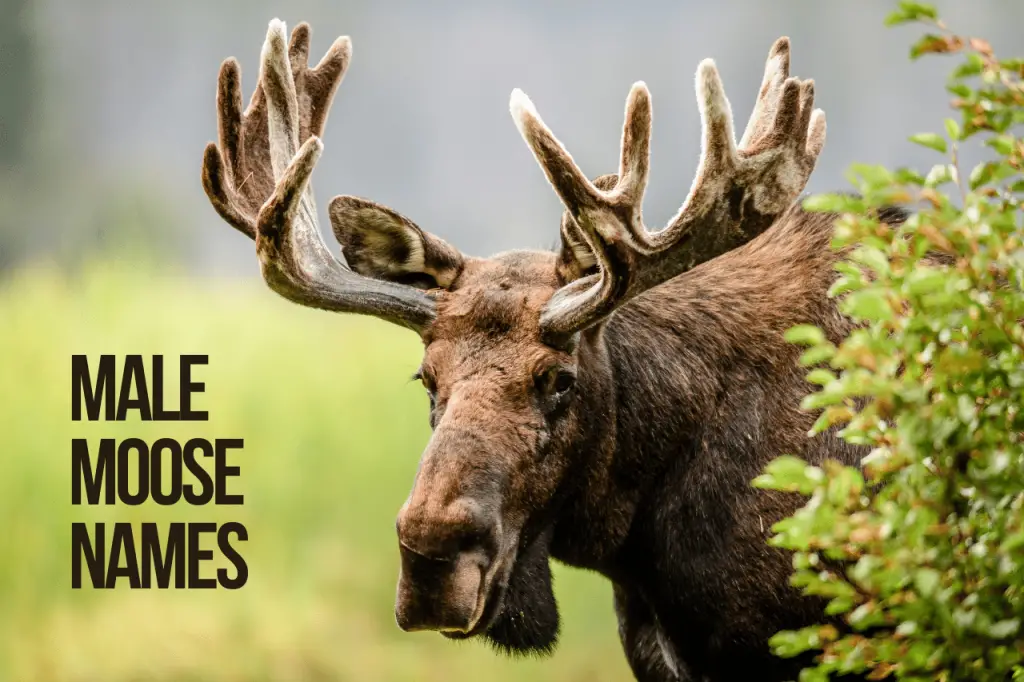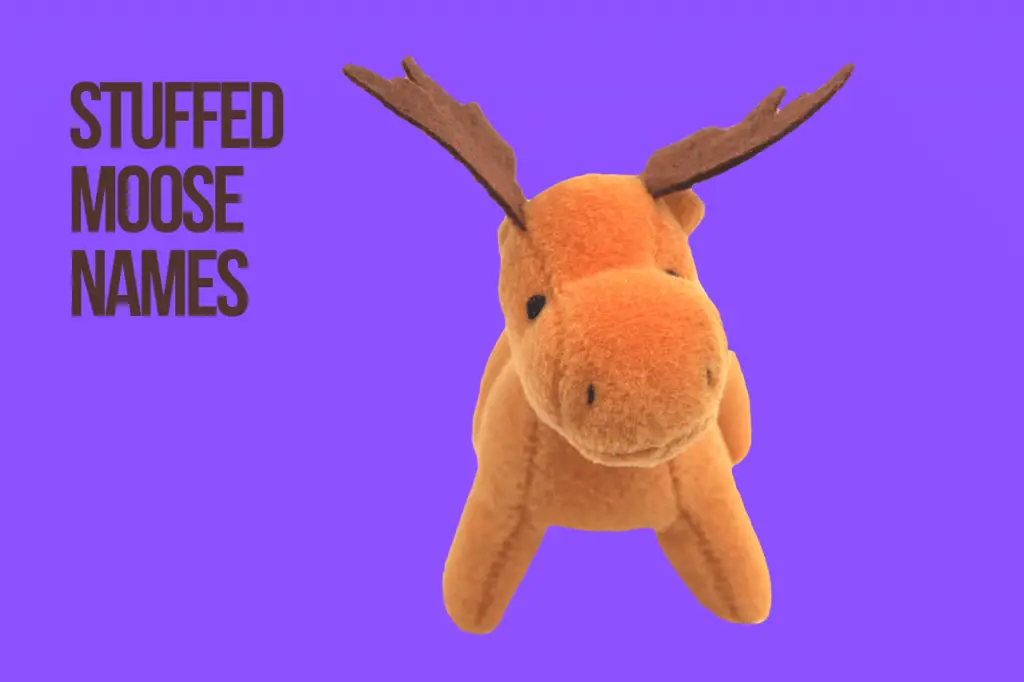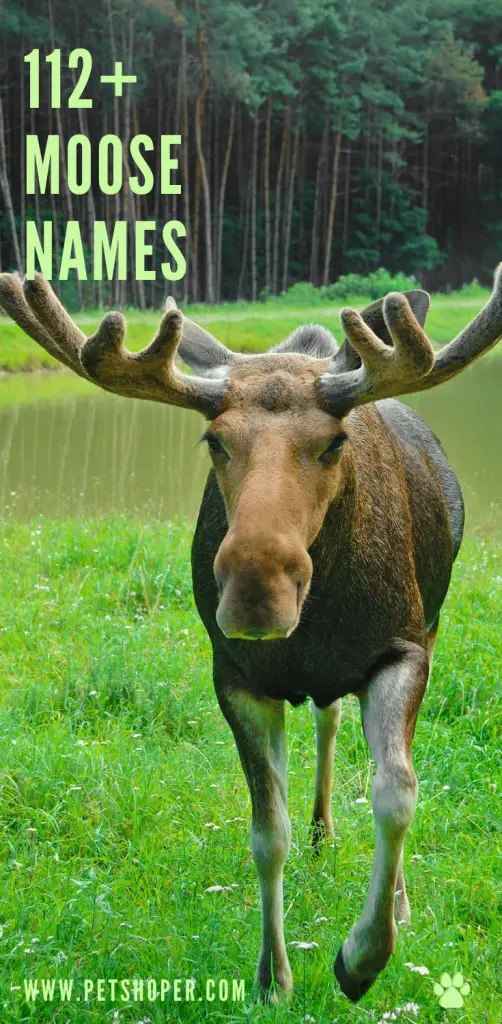The Alces Alces, popularly known as Moose or elk, is indigenous to North America and Eurasia’s northern parts. The name ‘moose’ originates from the word moosh, meaning stripper and eater of bark. In Europe, they are called elks. The Moose is the largest member of the deer family.
In Northern parts of North American, four subspecies of the Moose have been recognized
- Eastern moose (inhabits eastern Canada and northeastern America)
- Northwestern Moose (located in central Canada, North Dakota, Minnesota, and Michigan)
- Shiras moose (found in the rocky mountains of the United States and Canada)
- Alaskan Moose (Occupies Alaska and northwestern Canada)
The Eurasian subspecies have a few classifications, although they are not widely acknowledged. They include:
- European Moose
- Siberian or Yakut Moose
- West Siberian or Ussuri moose
- East Siberian or Kolyma moose
Apart from the difference in their geographic habitats, the subspecies as mentioned above have distinguishing features such as:
- Body size
- Antlers
- Pelage
Table of Contents
What should I name my Moose?
Despite the fact that it is difficult to domesticate a moose and keep it as your pet, it should not hinder you from getting an ideal name for your favorite Moose. Although name finding can be daunting, it is definitely a fulfilling task. You can use the physical appearance or personality of your Moose to come up with a name.
The compilation below consists of name categories that would suit your Moose.
Cute Moose Names
- Perry
- Beanie
- Nala
- Destiny
- Nate
- Mosey
- Noel
- Ratty
- Lotus
- Puff
- Beamer
- Kora
- Choco
- Parker
- Almond
- Nutty
- Toffee
- Brownie
- Caramel
- Coco
- Honey
Good Moose Names
- Bambi
- Jade
- Ralph
- Eureka
- Antlers
- Stark
- Winnie
- Marty
- Nila
- Craft
- Mike
- Libby
- Ella
- Rocks
- Lista
- Spartacus
- Buck
- Dale
- Clint
- Luna
Female Moose Names
- Dawn
- Misty
- Chloe
- Gigi
- Kim
- Jasmine
- Clare
- Lexie
- Maya
- Rose
- Riley
- Ava
- Fiona
- Izzy
- Zoe
- Cassie
- Sage
- Barbie
- Celeste
- Gem
- Kai
- Venus
Male Moose Names
- Ace
- Dean
- Leo
- Ethan
- Echo
- Miles
- Chris
- Cedric
- Olaf
- Angus
- Edwin
- Mac
- Dexter
- Liam
- Evan
- Dean
- Liam
- Sammy
- Apollo
- Brad
Best Moose Names
- Jake
- Kobe
- Fisher
- Pixie
- Inara
- Tess
- Kale
- Willis
- Harry
- Dilan
- Aster
- Krystal
- Bling
- Zara
- Rudra
- Roma
- Rustic
- Jules
- Lilah
Famous Moose Names
- Lumpy
- Moffet
- Marsha
- Bullwinkle
- Moosebridge
- Tyron
- Stan
- Snoopy
- Goodnews moose
- Rutt
- Tuke
- Rudolf
- Dasher
- Prancer
- Vixen
- Comet
- Cupid
- Blitzen
Funny Moose Names
- Moose bumps
- Moose canon
- Big antlers
- Elk-koholic
- Grump
- Mr. Small
- Big foot
- Heady
Stuffed Moose Names
- Fuzzy
- Ernie
- Hughie
- Simba
- Pumba
- Twinky
- Tutu
- Tuffy
- Jumbo
- Cuppy
- Cookie
- Kassie
- Scruffy
- Cocoa
- Angel
- Critter
- Buttercup
- Emmy
- Spruce
- Jelly
Christmas Moose Names
- Yeti
- Igloo
- Icicle
- Pecan
- Snowball
- Jingles
- Scrooge
- Elf
- Stormy
- Flakes
- Vail
- Snowy
- Windy
- Sleigh
- Fog
- Butterscotch
- Tinker
- Ribbon
- Bow
Getting a name for that Moose you love will definitely inch you closer to it emotionally. Moose are magnificent animals that deserve our appreciation. Finding an ideal name for your elk is a perfect way to start!
What should I know about a moose?
When it comes to knowing a moose, here are a few facts you should be conversant with.
- The body size of every Moose sub-species differs depending on their adaptation to the local habitation. For instance, the largest moose specimens are found in Alaska and Eastern Siberia, with the bull weighing about 600kgs with a height of nearly 2m. The smallest Moose’s are found in the southern parts, with the bull weighing about 350kgs.
- The elks’ bodies are covered in thick fur that acts as an insulator, especially during the cold winter season.
- Being entirely herbivorous, the Moose browse primarily on plants, deciduous shrubs, and aquatic plants. This mammal also loves mineral licks. During the winter, however, they are restricted to specific diets like buds of plants.
- Only male moose (bulls) have antlers. The particular shape differs from one animal to another, and they have shed annually around November. They are then replaced with larger ones the following spring season. The primary function of antlers is for display during the competitive mating season to attract females. They can grow up to a length of 1.8 meters.
- A male moose has a ‘dewlap,’ a dangling flap under its chin. The shape and size of the dewlap may indicate a dominance level. Bulls also use the dewlap to mark cows( females) with their scents during rutting season by rubbing it against them.
- Despite their large size and heavyweight, Moose are excellent swimmers. They can swim for several miles and sometimes even totally submerge under the water for around 30 seconds without drowning.
- Elks are habituated to peace. They rarely become aggressive. These mammals will, however, defend themselves if they feel threatened. In particular, the males become highly strung during the mating season. The most common “aggressive” behavior is, however, bluffing about charging at their opponents. This keeps them safe without the need for an actual fight.
- Although these mammals are large and can fight off many predators, they are not immune to some. For instance, a bear bite may leave a wound leading to an infection, resulting in the death of the Moose. Ticks are also a nuisance, especially during winter
- When it comes to breeding, females (cows) often give birth to twins and even triplets. They are highly attentive and protective as mothers. The calves can browse alongside their mothers after around 3 weeks, although they are weaned up to about 5 months. Calves stay with their mothers for at least a year.
- Moose can run at speeds of up to 35mph and trot steadily for 32 km in just an hour.
Can I domesticate a moose?
If you are wondering whether you can tame a moose, then the answer is yes. Since these particular mammals do not gravitate towards hostility, there is a possibility of domestication. However, it is not advisable, especially since the males are highly aggressive during the mating season. The females are also protective of their calves and may pose a threat. Their body size, among other factors, may hinder them from becoming the ideal pet. Therefore, it is best to leave them in the wild and only admire them from a distance.
For more names look here:
- Deer Names 100+ Best & Top & Cute Ideas
- Zebra Names 179+ Creative & Cute Ideas
- Capybara Names 100+ Creative Ideas + Facts [Interesting]





